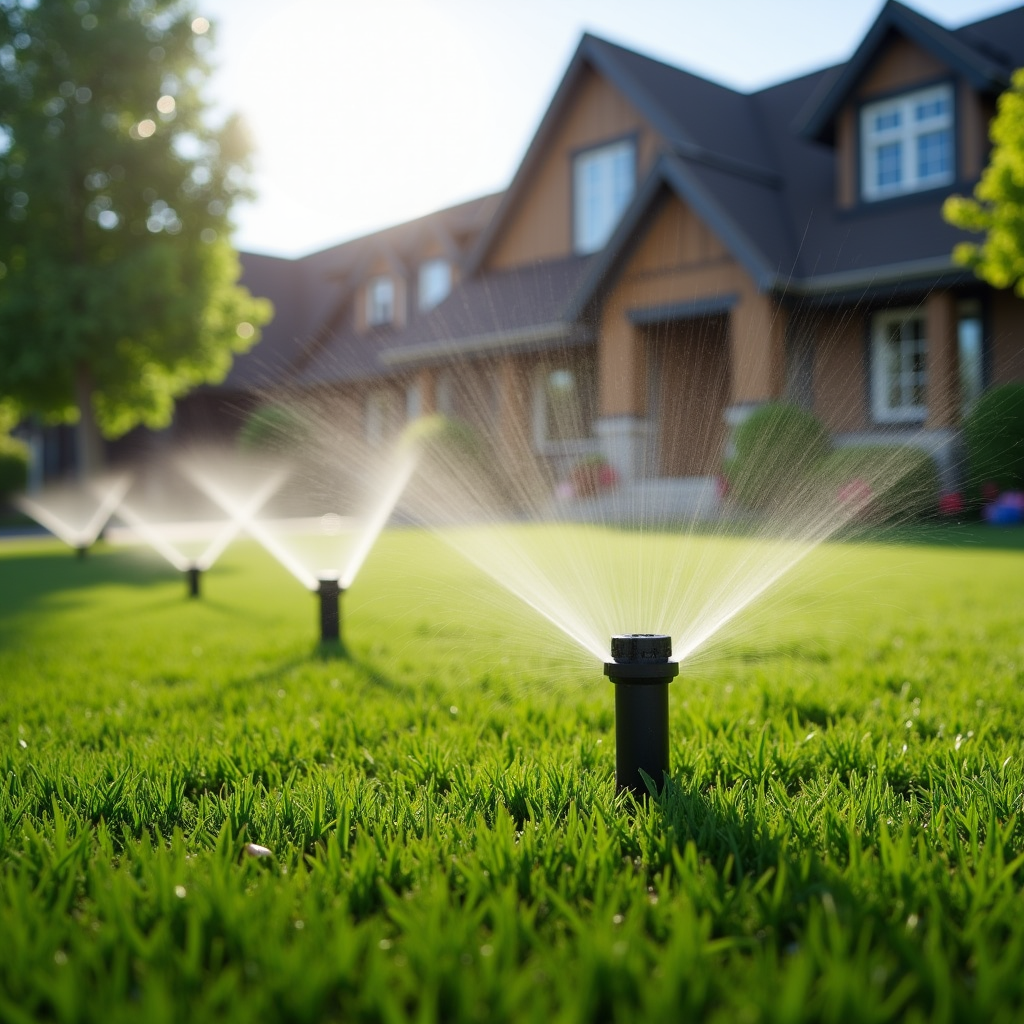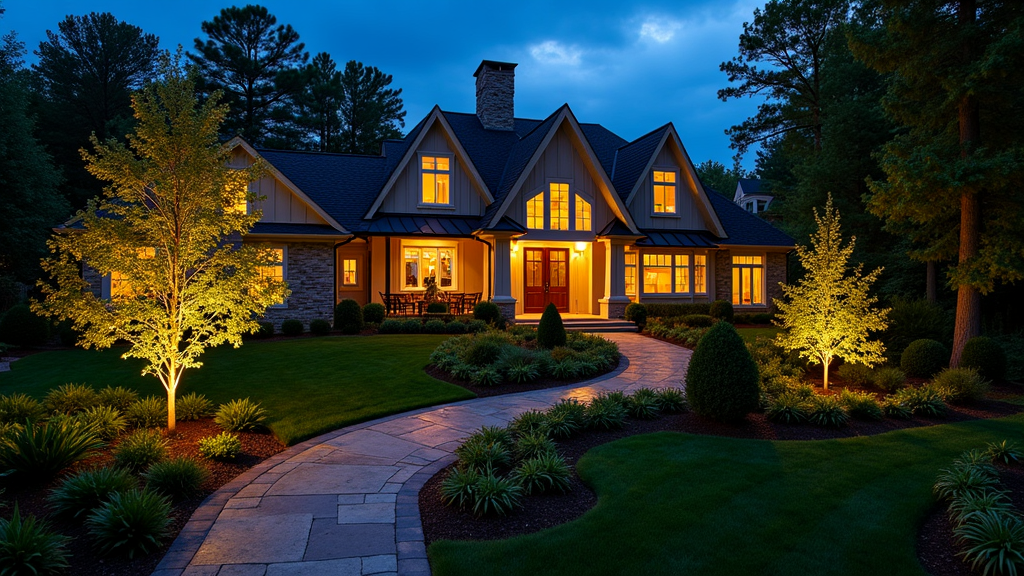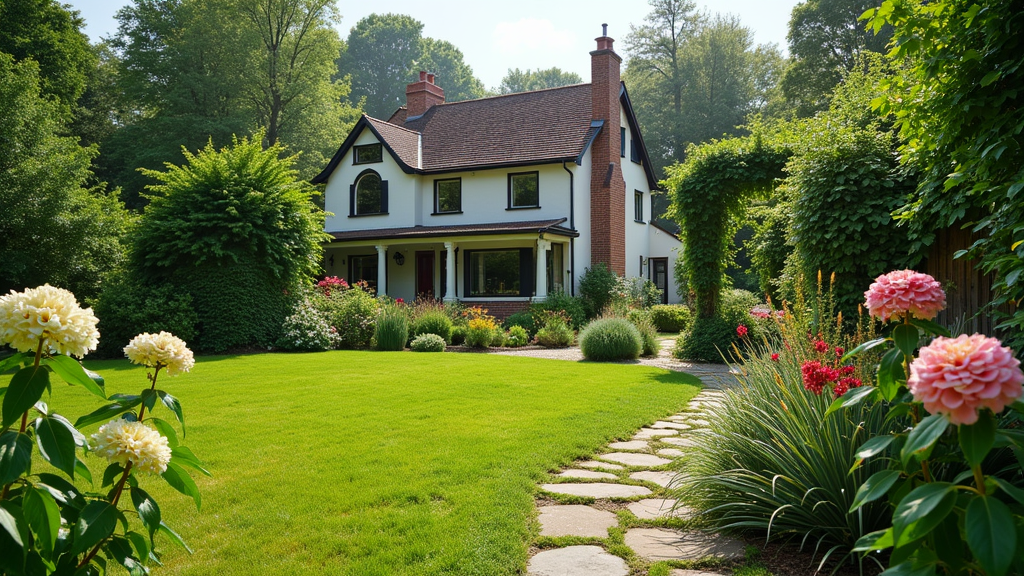Introduction
Are you tired of looking at your traditional garden and dreaming of a space where beauty intertwines with practicality? If you're nodding your head, then you're in the right place! Edible landscaping is the magical solution that allows you to create a visually stunning environment while producing delicious, homegrown food right in your backyard. In this article, we'll explore everything you need to know about edible landscaping, particularly focusing on how to bring this concept to life in your Greensboro garden.
Whether you're an experienced gardener or just dipping your toes into the world of planting, edible landscaping can transform your outdoor space into a sustainable haven. With the right knowledge and tools, you can turn your landscaping into a feast for both the eyes and the palate. So grab your trowel, and let’s get started!
What is Edible Landscaping?
Understanding Edible Landscaping
Edible landscaping is more than just growing fruits, vegetables, and herbs alongside decorative plants; it’s about creating a harmonious blend of aesthetics and functionality. This gardening style encourages people to incorporate food-producing plants into their gardens without compromising visual appeal.
Why Choose Edible Landscaping?
Sustainability: It promotes self-sufficiency by allowing you to grow your own food. Aesthetic Appeal: Colorful vegetables and fragrant herbs can enhance any landscape. Biodiversity: Attracts beneficial insects and wildlife.In Greensboro, NC, blending these elements can lead to beautiful results that are both visually pleasing and ecologically beneficial.
Getting Started with Edible Landscaping
Assessing Your Space
Before diving into planting, it's essential to assess your garden space. Consider aspects like sunlight exposure, soil quality, and existing plants.
Sunlight Exposure
Most fruits and vegetables require 6-8 hours of sunlight daily. Observe where sunlight hits your yard throughout the day.
Soil Quality
Conduct a soil test to determine pH levels and nutrient content. You may need amendments like compost or organic fertilizers.
Choosing Plants for Your Greensboro Garden
When selecting plants for edible landscaping in Greensboro:
Opt for native plants that thrive in local conditions. Choose varieties that offer both aesthetic value and yield. Consider plant height for layering effects—taller plants can go towards the back!Popular Edible Plants for Greensboro Gardens
Here are some top choices:
- Tomatoes: Vibrant colors easily blend with ornamental flowers. Herbs (like Basil or Rosemary): Fragrant and useful in cooking. Fruit Trees (such as Fig or Apple): Provide shade while bearing fruit!
Designing Your Edible Landscape
Creating Zones in Your Garden
Dividing your garden into zones can help manage plant placement effectively.
The Kitchen Zone
This area should be close to your cooking space for easy access to fresh herbs and vegetables.
The Ornamental Zone
Blend flowering plants with edibles—think marigolds next to tomatoes!

The Relaxation Zone
Include seating areas surrounded by fragrant herbs or berry bushes—perfect for unwinding after a long day.

Incorporating Hardscapes with Softscapes
Consider adding paths made from natural stone or gravel leading through edible sections:
- Use trellises for climbing plants like cucumbers or beans. Incorporate raised beds filled with colorful veggies for added height.
Maintenance Tips for Your Edible Landscape
Watering Techniques
Proper watering is crucial:
Water deeply but infrequently—this encourages deep root growth. Use drip irrigation systems if possible; they conserve water!Organic Pest Control Methods
Incorporate companion planting strategies such as:
- Planting marigolds near vegetables can deter pests. Introduce beneficial insects like ladybugs.
Fertilization Strategies
Natural fertilizers such as compost will enrich soil health without chemical additives.
Harvesting Your Greens: When & How?
Knowing When to Harvest
Timing varies per crop; generally:
- Leafy greens can be harvested throughout their growth cycle. Fruits should be picked when they’re fully colored but still firm.
Pro Tip: Always check specific plant needs!
Storing Your Harvests Properly
To ensure freshness:

Edible Landscaping: Growing Food in Your Greensboro Garden – A Case Study
Let’s take a closer look at a successful edible landscape project completed right here in Greensboro:
1. The Problem
A typical suburban yard was underutilized—a grassy expanse devoid of charm or productivity.
2. The Transformation
By introducing various edible plants intertwined with native wildflowers, homeowners created an inviting atmosphere while increasing biodiversity.
3. The Result
The garden became not only an aesthetic triumph but also provided seasonal produce all year round!
FAQs about Edible Landscaping
1. What is edible landscaping?
Edible landscaping refers to incorporating food-producing plants within ornamental gardens so that beauty meets functionality.
2. What are some easy-to-grow edible plants?
Some beginner-friendly options include tomatoes, peppers, herbs like basil or mint, and salad greens like lettuce or spinach.
3. Can I use my existing landscape design?
Absolutely! You can integrate edibles within what you already have by replacing some ornamentals with attractive vegetable varieties.
4. How much space do I need for an edible landscape?
Even small spaces can work—container gardening offers flexibility along patios or balconies!
5. Is it safe to eat flower petals?
Yes! Many flowers are edible (like nasturtiums), but always ensure they haven't been treated with pesticides before consuming them.
6. What maintenance do edibles require?
Regular watering, occasional fertilization with compost, https://privatebin.net/?28e14cd944255124#8osLT4poYM2bZqHbQUAgpc5MUQA7J9x2fX6n5T8dsJqn pruning when necessary—all key components of keeping an edible landscape thriving!
Conclusion
In conclusion, embracing edible landscaping could be one of the best decisions you make for your Greensboro garden! Not only does it beautify your space but it also brings sustainability right to your doorstep! From the joy of harvesting fresh produce straight from your yard to enjoying the splendor of nature's bounty around you—it's truly a win-win situation!
So why wait? Dive into the world of landscaping Greensboro by integrating edibles today! Whether you're looking for ways to enhance biodiversity or simply want fresher ingredients for dinner prep—the possibilities are endless when combining beauty with productivity in our lovely homes across Greensboro, NC!
Feel free to reach out if you've got questions about getting started on this adventure—the journey towards an edible paradise awaits!